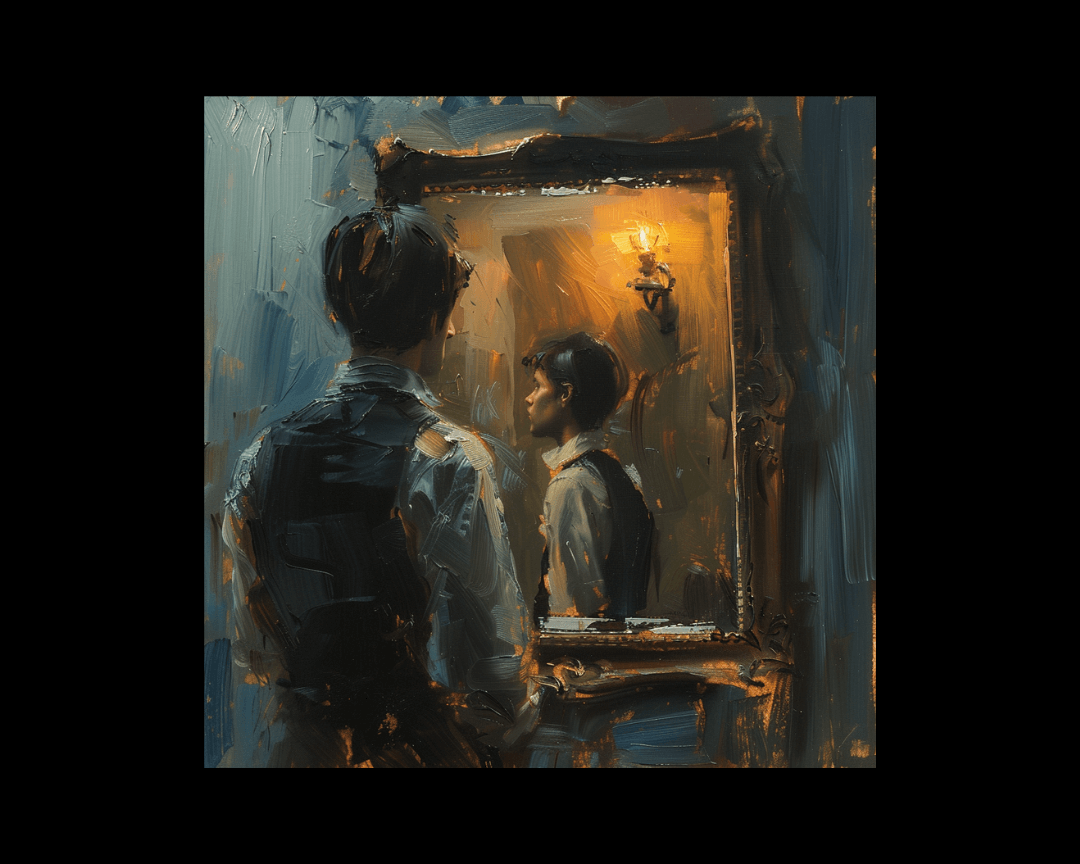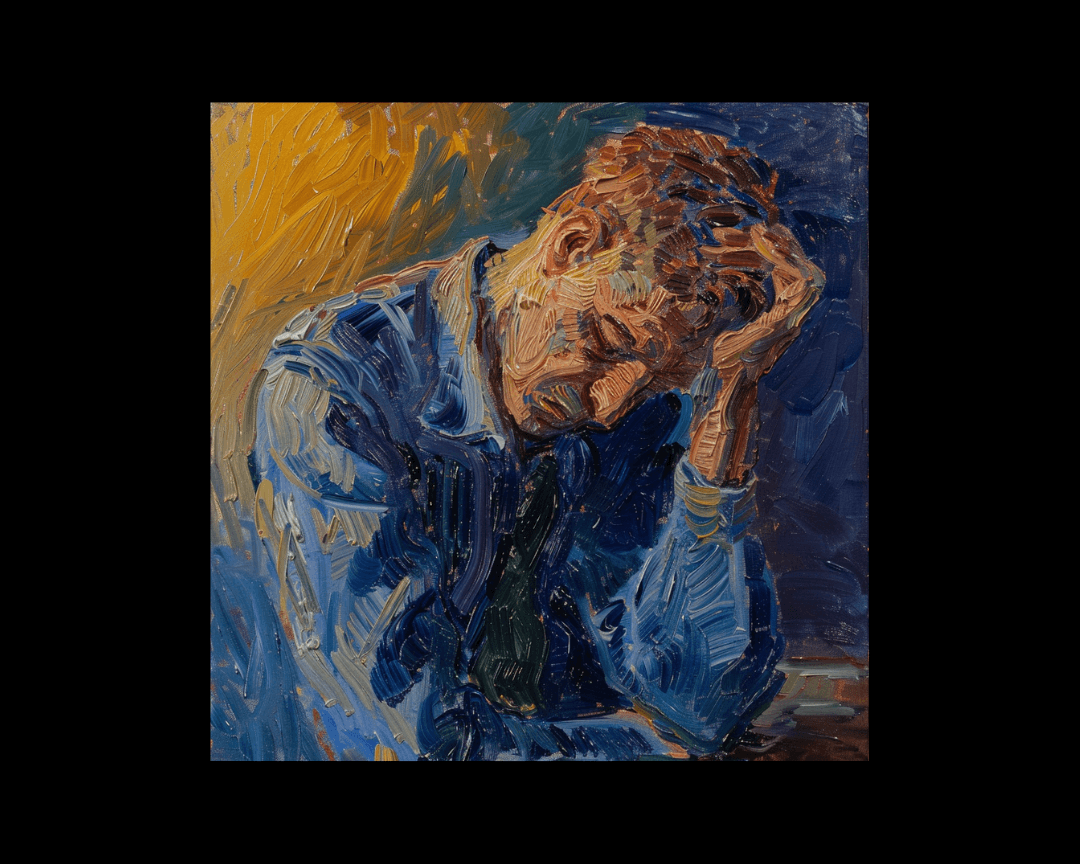A Writer’s Guide to Crafting Bone-Chilling Villains
Villains are the dark heartbeats that pulse through stories, captivating readers with their sinister allure. From Emperor Palpatine to Lord...

The protagonist's journey often takes center stage. We watch, transfixed, as they navigate the twists and turns of the plot, their inner landscape shifting and morphing in response to the challenges they face.
We are told that this is the essence of character development—the transformative arc that sees the hero grow, change, and ultimately emerge victorious, forever altered by their experiences.
But what of those characters who do not change? The stalwart heroes who remain unshakable in their convictions, whose values and beliefs are tested but never broken? Are their stories inherently less compelling, and are their arcs less meaningful?
The opposite is true.
For in the static character arc, we find a different kind of heroism, a different kind of strength—the courage to remain true to oneself in the face of overwhelming pressure to conform, compromise, and yield.
The static character arc, also known as the "flat arc," is a narrative structure in which the protagonist does not undergo a significant internal transformation. Unlike the positive change arc, in which the hero overcomes a flaw or fear to become a better person, or the negative change arc, in which they succumb to their darkest impulses, the static arc depicts a fundamentally unchanged character.
This is not to say that the static hero is a bland or one-dimensional figure. On the contrary, they are often complex and multifaceted, with deeply held beliefs and values that define their very being. The key to the static arc is that these beliefs are tested, challenged, and even threatened but ultimately remain unshaken.
At the heart of every static arc lies a core truth, a fundamental belief that guides the protagonist's every action and decision. This truth is not merely an intellectual concept but a deeply held conviction that shapes the fabric of the character's identity. It is the lens through which they view the world, the compass that guides them through the storms of conflict and adversity.
For Indiana Jones, that truth is the belief that the world's ancient artifacts must be protected and preserved. For Sherlock Holmes, it is the conviction that his intellect is the ultimate weapon against crime and injustice. These truths are not simply abstract ideals but the foundation upon which the characters' sense of self is built.
In the static arc, the protagonist's truth is not merely a passive backdrop but an active force that comes under attack. The antagonist, or the antagonistic force of the story, seeks to undermine this truth, to tempt the hero with a lie that threatens to unravel everything they hold dear.
This lie can take many forms. It may be the whispered doubts of a trusted friend, the seductive promise of power or riches, or the crushing weight of societal expectations. Whatever shape it takes, the lie is a siren song, a call to abandon the truth and embrace a false reality.
The temptation of the lie sets the stage for the central conflict of the static arc. The protagonist must resist the allure of the false belief and actively fight to uphold their truth in the face of mounting opposition. This is no easy task, for the stakes are often high, and the pressure to conform can be immense.
If the hero fails, if they succumb to the lie, the consequences can be devastating. They may lose their sense of self and the respect and admiration of those they hold dear. They may even, in some cases, lose their very lives. But if they hold fast to their truth, weather the storm, and emerge unscathed, the rewards can be just as profound. For in standing firm, the static hero has the power to transform themselves and the world around them.
While the static arc may not follow the same transformative path as the change arcs, it is not without its structure and rhythm. The journey of the unshakable hero can be broken down into a series of beats, each designed to test their resolve and deepen the stakes of their struggle.
In a world that often feels in flux, where values and beliefs can seem as shifting as the sands, there is something profoundly compelling about the static hero. Their unwavering commitment to their truth and willingness to stand firm in the face of overwhelming opposition speaks to a deep human longing for stability, integrity, and something to believe in.
This is not to say that the static arc is inherently superior to the change arcs. The transformation journey has great power and beauty in watching a character grow and evolve in response to their experiences.
But there is also something to be said for the hero who knows who they are and dares to stand their ground even as the world shifts beneath them.
For writers seeking to craft compelling static arcs, the key is to tap into this power, to create characters whose truths are so deeply held, so unshakably ingrained, that they become a force unto themselves.
This requires more than simply assigning the hero a set of beliefs and sending them on their way. It demands a deep understanding of what drives them, the experiences and influences that have shaped their worldview, and the fears and doubts that lurk beneath their convictions.
It also requires a deft hand in crafting the forces that will test these convictions, the lies, and temptations that will seek to undermine the hero's truth. These forces must be compelling, even seductive, for the static hero's resolve shines only in the face of genuine temptation.
Ultimately, the power of the static arc lies in its ability to inspire and remind us that there are some things worth fighting for, some truths that are too precious to abandon.
In a world of shifting sands, the unshakable hero stands as a beacon, a reminder of the enduring power of conviction, of the courage it takes to remain faithful to oneself in the face of all opposition.

Villains are the dark heartbeats that pulse through stories, captivating readers with their sinister allure. From Emperor Palpatine to Lord...

In the realm of fiction, conflict reigns supreme. It is the engine that drives the narrative, the spark that ignites the reader's imagination. While...

In the realm of storytelling, death is a constant companion. It stalks the battlefields and hospital wards, lurks in the shadows of dark alleys and...